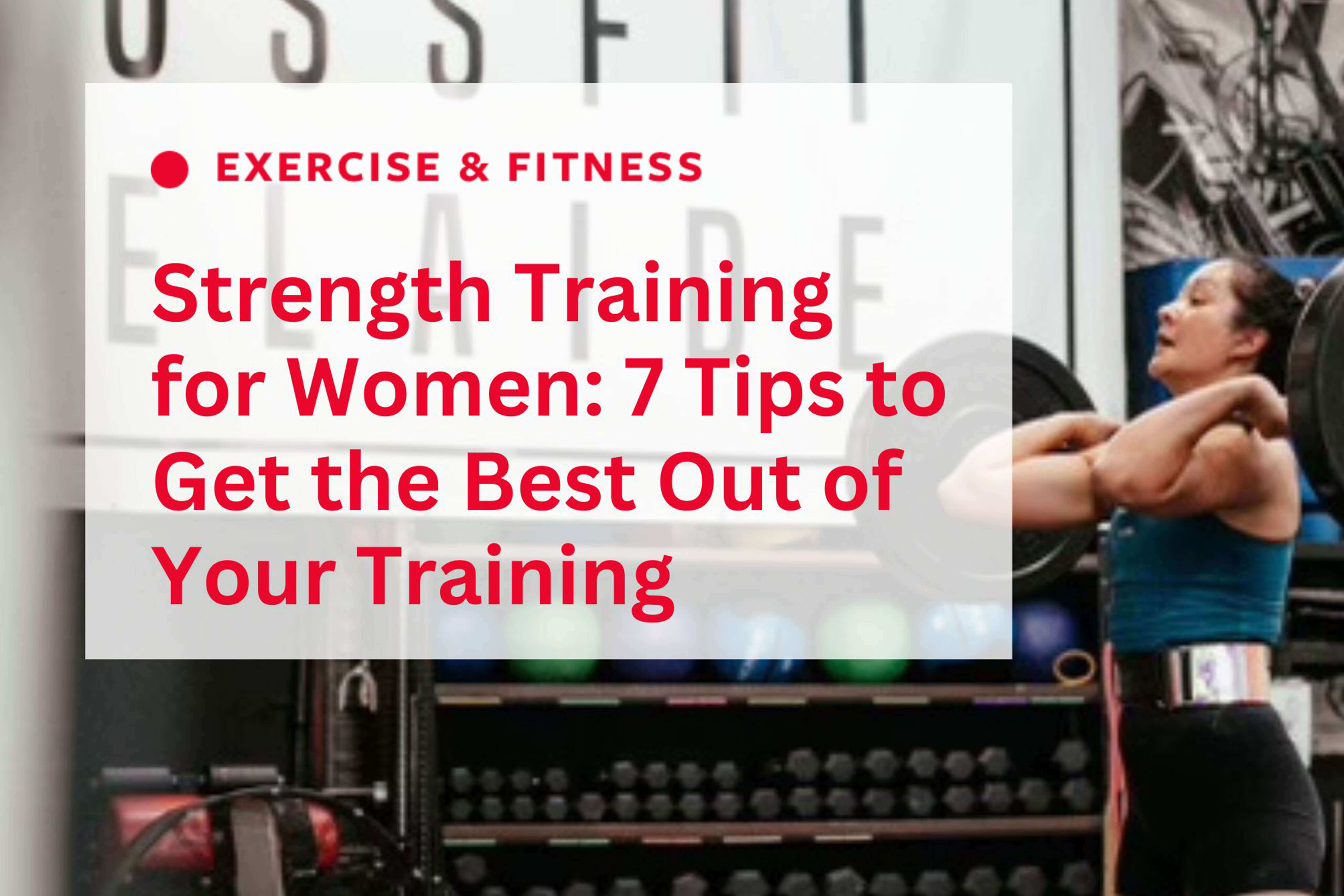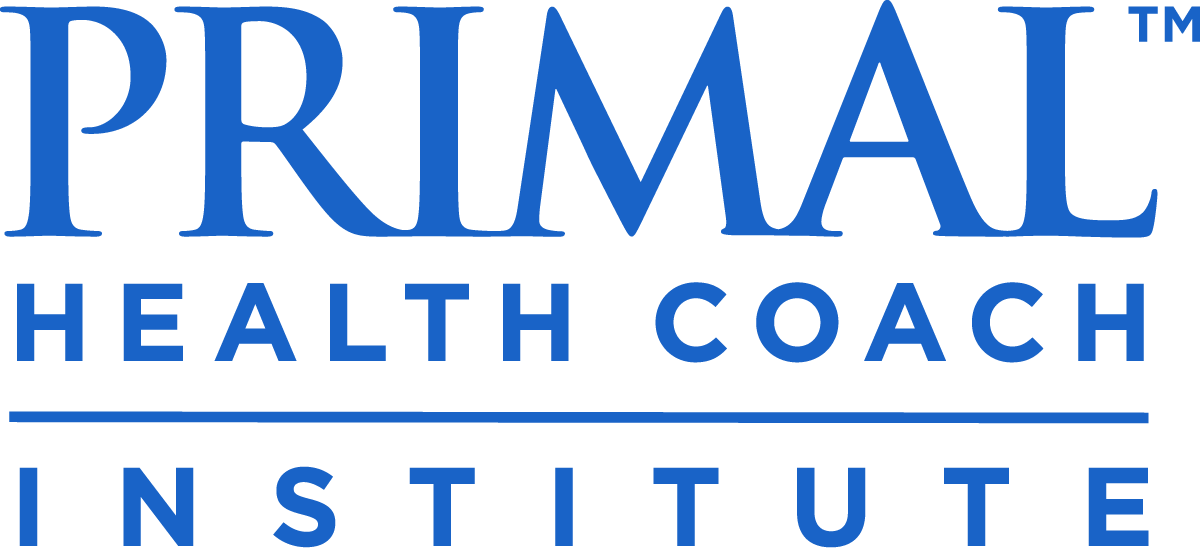Strength training for women is a topic dear to my heart. I’ve been a women’s specialist strength coach for over seven years, and there’s no better feeling than empowering women to feel confident in the gym.

Strength training for women is key for optimal health.
I’ve always been an active person, having played lots of sports and hitting cardio classes. But it wasn’t until I started resistance training in my 30s after the birth of my first-born, that I found almost effortless body composition changes. This included reduced body fat, and increased muscle mass. My niggly knee pain disappeared as I improved my strength imbalances, and most importantly I discovered a sense of self-identity with my strength training that I hadn’t felt before.
Why I Became a Women’s Strength Coach
Becoming a women's strength coach was a natural progression for me. I wanted to share my knowledge and expertize with other women, because I knew how powerful strength training could be. I also wanted to break the stigma that surrounds women and lifting weights. Women are often encouraged to tone, but are frightened they’ll get bulky if they actually moved some decent weight (FYI this is a complete myth, getting bulky takes time, effort and a whole lot of eating!). Most importantly, I wanted to provide an environment where women felt supported and safe lifting weights. And hence, Nourish & Lift was born.
In this post I’ll share the importance of strength training for women, and why you should consider becoming a women’s strength coach yourself!
What Is Strength Training?
Strength training (also referred to as resistance training) is a form of exercise that involves moving weight. Strength training can take many forms. The simplest way to do strength training is to move your own body weight. The great thing about body weight movements is that you don’t need any equipment. Body weight strength training movements include:
- Squats
- Lunges
- Sit-ups
- Planks
- Push ups
- Pull ups
Strength training can also include external loads. They can be in the form of:
- Free weights - barbells, dumbbells, kettlebells, sandbags, sleds
- Resistance machines
- Resistance bands
In essence, strength training is primal movement. All this means is that you're using your body in the way it has evolved to move. And in doing so, you’ll be amazed at how your body will respond to this form of exercise.
Benefits of Strength Training for Women
There’s an almost endless list of health benefits associated with strength training for women, from improved overall health to building strength for improved athletic performance. Here’s our top reasons why women should be pumping iron (so to speak):
- Increase lean muscle mass: Medical literature shows that strength training slows age-related muscle loss.
- Reduce body fat: Resistance training mobilizes excess fat around the abdominal region. This weight loss has been seen to improve heart health.
- Improve bone density: Strength training improves outcomes for post menopausal women, who are at a greater risk of bone loss associated with the aging process.
- Balance moods: Repeated exposure to strength training can improve brain health and balance your mood.
- Stabilizes hormones: Optimal health can be achieved through resistance training, as it promotes an acute hormonal response. This can lead to positive outcomes like improved blood sugar regulation.
- Better mental health: Strength training has been proven to reduce anxiety.
- Protection against chronic metabolic disease: As we age, our risk of succumbing to chronic metabolic disease greatly increases. Strength training provides protection from this.
Why Aren’t Women Doing Strength Training?
The benefits of strength training for women go far beyond feeling like a total badass. Whilst the benefits of strength training are plentiful for both men and women, the uptake of strength training in women is low. Research shows that there are a variety of factors contributing to this, including:
- Gender-based stigmas faced by women who do strength training.
- Social pressures, such as discouragement and negative comments.
- Boredom and poor knowledge of how to do strength training.
- Limited access to weights or a gym.
- Lack of supervision or routine.
- Time pressure, and difficulty fitting strength training in around work and family life.
This is why I’m so passionate about getting women into the gym and lifting some weights!
Common Misconceptions About Strength Training for Women
No one believes that going for a casual jog means you’re going to run as fast as Usain Bolt. So why would lifting weights turn you into an elite body-builder? I’ve been strength training for over a decade now, and I’m yet to reach that “bulky” stage, despite my best effort to do so! Getting “bulky” requires dedication, hours upon hours of training, and a disciplined nutrition plan.
The truth is, strength training will give you the body composition and "toned" body women are often striving for. More so than any running program or aerobic class ever will.
Let me share with you how it works.
Strength training increases your lean muscle mass. By having more muscle, you’ll be burning more calories during everyday activities. And this extra muscle mass will help you burn your stored body fat. The end result is more lean muscle and less body fat, which looks eerily similar to the "toned" physique that most women strive for.
What Are the Different Types of Strength Training?
Choosing the right type of strength training, especially when you’re a beginner can be a little daunting. Here are a few of the more common strength training modalities you may like to consider:
- Body weight training: As discussed previously, we can use our own body weight as a form of resistance training. This includes performing movements such as squats, push ups or pull ups. Body weight workouts make for a simple home workout, because no equipment is needed.
- Functional fitness training: This form of strength training uses a variety of different forms of strength training including body weight movements, free weights (like barbells dumbbells or kettlebells), and plyometric movements. These movements are often compound movements, which means that they use more than one muscle group at a time. Examples of functional fitness movements include bench press, shoulder press, back squats and the Olympic lifts including the snatch and the clean and jerk. Popular forms of functional fitness include CrossFit or Hyrox training and often incorporate running or erg machines into their workouts.
- Resistance machines can be found in most globo gyms. Unlike free weights, resistance machines (also referred to as weight machines) use predetermined movement patterns. This can be handy for beginners, or individuals looking to isolate individual muscle groups, or rebuild muscle strength after injury.
- Reformer pilates is a form of resistance training that has been growing in popularity. Reformer pilates combines the traditional principles of mat pilates, but is performed on a Reformer machine that can be adjusted to suit your fitness and strength level. Reformer pilates is a great choice for someone looking to work their smaller muscles in isolation. Each exercise is performed in a controlled manner, thus promoting core stability and correct posture.
How to Get the Best Results From Strength Training
Whether you're looking to cut body fat, increase muscle mass, improve bone health or prolong your longevity. Understanding how to get the best results from your strength training can be a little confusing.
Here’s our top 7 tips to help you achieve the best results from strength training:
- Consistency: Like all good things, results from your strength training take time. Rather than switching in and out of programs, you’ll find the greatest impact with your strength training if you trust the process and show up consistently.
- Eat protein: In order to grow muscle you need to fuel adequately. Creating your meals around your protein source is a great place to start.
- Listen to your body: Don’t push through painful movement. Pain is your body's way of communicating to your brain that something isn’t quite right. Pushing through pain can make a niggle turn into an injury.
- Creating healthy habits rather than relying on motivation is key to your success at strength training.
- Find your community: Lifting weights with friends is so much more fun than training solo. It you’re someone that needs a little extra motivation, you could join a strength class to keep you accountable.
- Get a strength coach: Strength coaches are experts in movement patterns and programming. A strength coach will provide the professional guidance you need to move correctly and confidently. They’ll also keep you accountable when your motivation is low.
- Become a strength coach! The ultimate way to get the best results from your strength training is to become a strength coach. You’ll learn the ins and outs of how to move with good form, how to progressive overload your weights, and you’ll earn a living doing something you love! The first step towards becoming a strength coach is to get a credential. PHCI’s Strength Training for Women Specialist Certification is an awesome choice for anyone looking to work with women. In this course you'll learn:
- How to train safely and effectively during each phase of your monthly cycle.
- How to improve your bone density and to balance your hormones at all stages of life.
- How the gut health-hormone connection relates specifically to women.
Conclusion
In all honesty, I love being a women’s strength coach. There’s no better feeling than helping women discover the power inside themselves through strength training.
As we age, strength training is key to optimal health and longevity. Keeping yourself accountable with a strength coach is a great idea. An even better idea is to become a strength coach yourself!
Learn more about PHCI’s Strength Training for Women Specialist Certification here.



